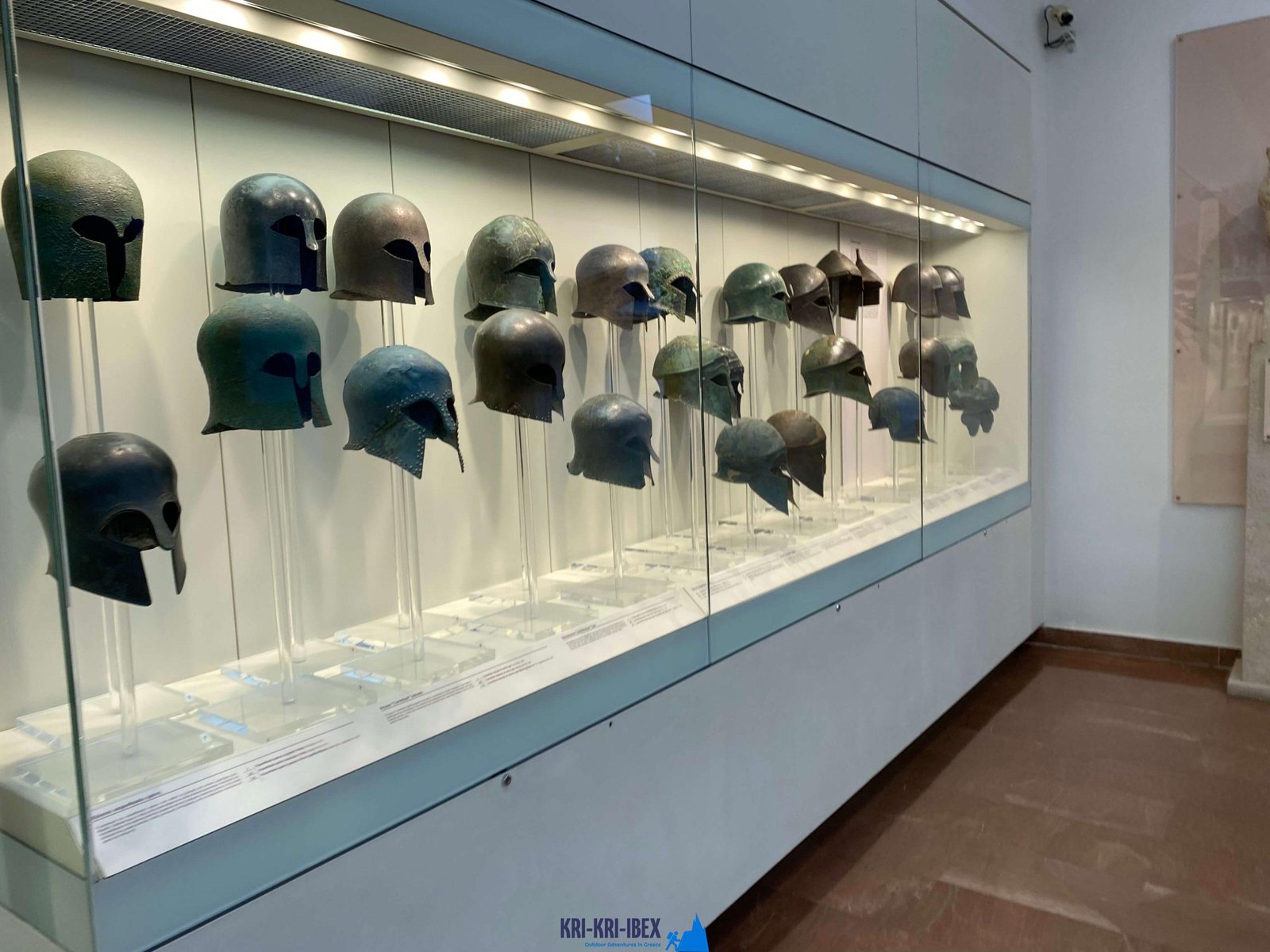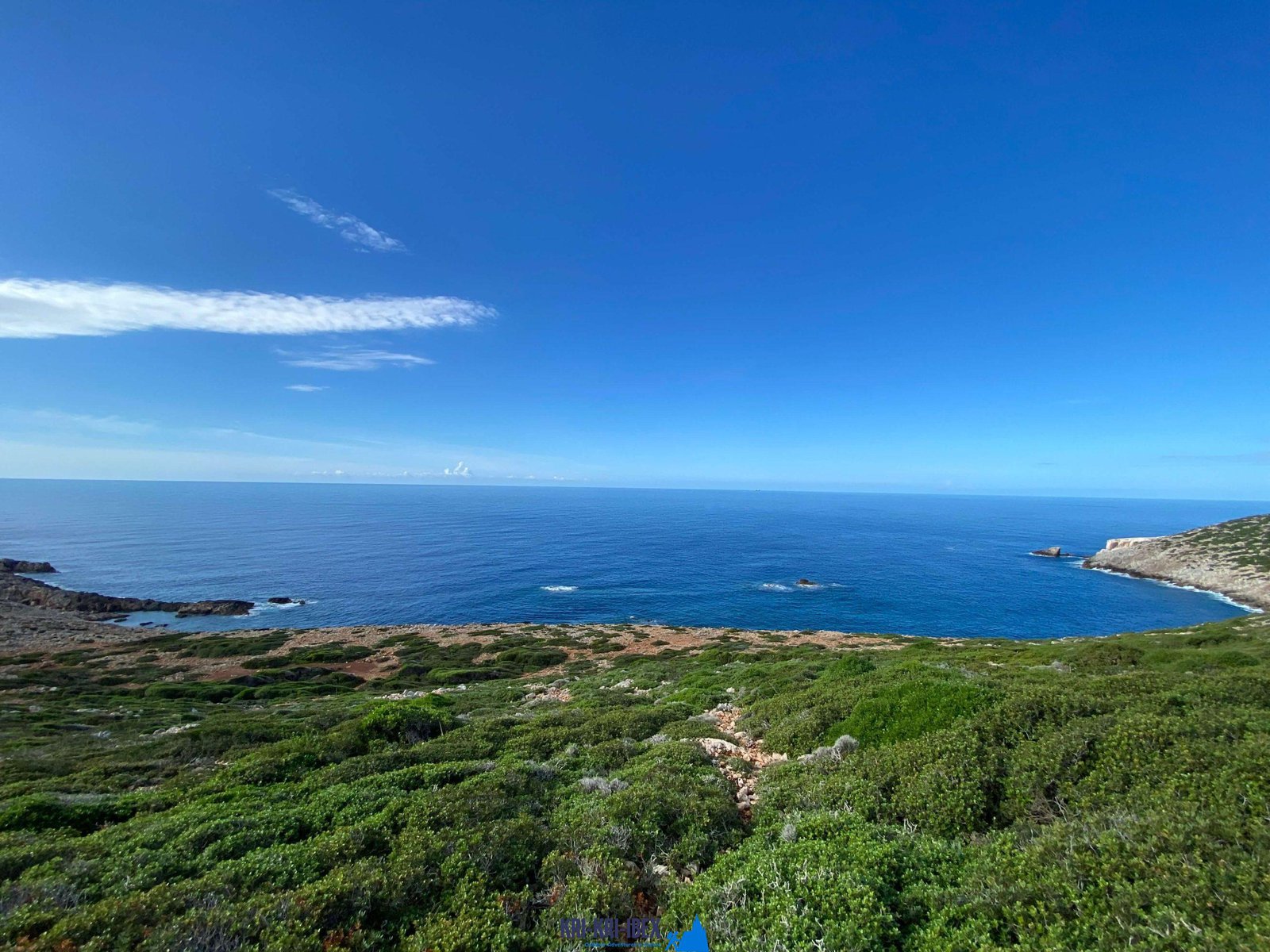The most effective outside experience on Sapientza island. Kri Kri ibex searching in Greece!
The most effective outside experience on Sapientza island. Kri Kri ibex searching in Greece!
Blog Article

The ibex hunt is an extraordinary trip and exciting searching exploration in Greece. It is not always a challenging hunt and also undesirable conditions for most seekers. What else would certainly you such as to desire for during your trip of old Greece, diving to shipwrecks, and also hunting for Kri Kri ibex on an unique island for 5 days?

This Ibex is not a little Capra aegagrus bezoar ibex, which has moved to the western extremity of this types' array. The kri-kri (Capra aegagrus cretica), additionally known as the Cretan goat, Agrimi, or Cretan ibex, is a feral goat living in the Eastern Mediterranean. The kri-kri has a light brownish layer with a darker neck collar. 2 sweeping horns project from the head. During the day, they hide to prevent tourists. In nature, the kri-kri can leap or climb relatively large high cliffs.
On our Peloponnese trips, you'll reach experience all that this fantastic region has to use. We'll take you on an excursion of several of the most gorgeous and also historical websites in all of Greece, including ancient damages, castles, and more. You'll additionally reach experience several of the typical Greek society firsthand by taking pleasure in several of the scrumptious food as well as white wine that the region is known for. As well as naturally, no trip to Peloponnese would be full without a dip in the gleaming Mediterranean Sea! Whether you're a seasoned hunter searching for a new journey or a novice traveler simply looking to discover Greece's spectacular landscape, our Peloponnese excursions are excellent for you. What are you waiting for? Reserve your journey today!
There is truly something for everybody in the Peloponnese peninsula. Whether you want background and also society or nature and outside tasks, this is an optimal destination for your following holiday. If you are short promptly, our searching as well as touring Peloponnese Tours from Methoni is a great method to see everything this spectacular location needs to offer.And finally, your Kri Kri ibex trophy is awaiting you.
What is the diference between Kri Kri ibex, Bezoar ibex and hybrid ibex
The kri-kri is not thought to be indigenous to Crete, most likely having been imported to the island during the time of the Minoan civilization. Nevertheless, it is found nowhere else and is therefore endemic to Crete. It was common throughout the Aegean but the peaks of the 8,000 ft (2,400 m) White Mountains of Western Crete are their last strongholds–particularly a series of almost vertical 3,000 ft (900 m) cliffs called ‘the Untrodden’—at the head of the Samaria Gorge. This mountain range, which hosts another 14 endemic animal species, is protected as a UNESCO Biosphere Reserve. In total, their range extends to the White Mountains, the Samaria National Forest and the islets of Dia, Thodorou, and Agii Pandes.
This Ibex is NOT a diminutive form of the Bezoar Ibex, which has migrated into the western-most reach of the range of this species. The kri – kri (Capra aegagrus cretica), sometimes called the Cretan goat, Agrimi, or Cretan Ibex, is a feral goat inhabiting the Eastern Mediterranean, previously considered a subspecies of wild goat. The kri-kri has a light brownish coat with a darker band around its neck. It has two horns that sweep back from the head. In the wild they are shy and avoid tourists, resting during the day. The animal can leap some distance or climb seemingly sheer cliffs.
“The agrimi goat Capra aegagrus cretica is unique to Crete and its offshore islands. It has been identi®ed as a sub-species of the wild bezoar goat Capra aegagrus aegagrus Erxleben, 1777, which it closely resembles in horn shape, body form and coloration. This classi®cation has been disputed by some researchers who claim that the agrimi are feral goats, derived from early domestic stock brought to the island by the ®rst Neolithic settlers. In order to clarify this issue, DNA analyses (cytochrome b and D loop sequences) were carried out on tissue of live and skeletonized agrimi and compared to sequences of wild and domestic caprines. Results conclusively show the agrimi to be a feral animal, that clades with domestic goats (Capra hircus) rather than with wild Asiatic bezoar. This study demonstrates that morphometric criteria do not necessarily re¯ect genetic af®nities, and that the taxonomic classi®cation of agrimi should be revised.”
Report this page